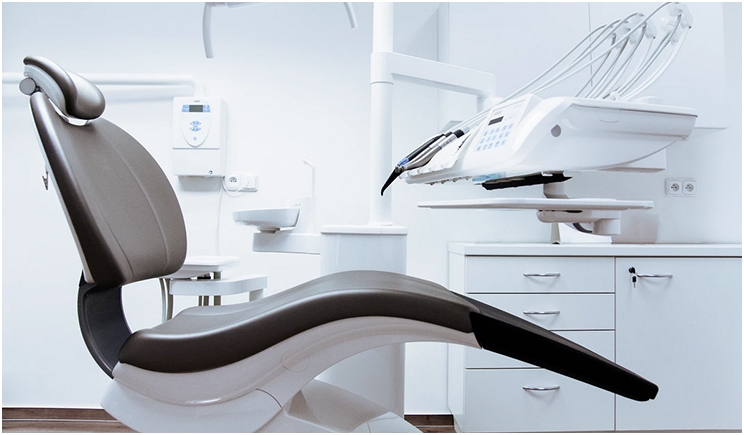
A general practice producing $948,000 contacted Levin Group after it recognized that it was losing far more patients than it should based on a recent article by yours truly. My article indicated that the top 10% of dental practices had an annual attrition rate between 7% and 8%. This practice was losing 17.6% of its patients each year. It was very concerned this would have a long-term impact on productivity and profitability, and rightly so. It needed to assess what it was doing wrong and fix it—immediately.
What the Practice Did Wrong
After analyzing the practice, it was determined that its poor attrition rate was due to several bad habits:
- Patients were not asked to reappoint: When patients opted not to schedule their next appointment, they received a text message letting them know when they were due. The practice felt that its automated texting software was a sufficient reminder. However, it had not considered that many patients find it easy to ignore or delete text messages.
- No-shows were seldom contacted: When the personnel at the front desk were asked about the policy for contacting no-shows, they simply explained that they would call when they had time. “When they had time” was approximately two hours every three or four months. As a result, they were only contacting less than 20% of these patients.
- Late patients were often sent home and rescheduled: We found that approximately 35% of late patients were rescheduled, but 20% of these patients left the practice without scheduling their next appointment. This further contributed to the overdue patient population.
- Patients receiving treatment were not rescheduled for their next hygiene appointment: After completing the necessary treatment, patients were not scheduled for their hygiene appointment. This increased the number of patients who fell into the category of receiving a text reminder, which further increased the attrition rate.
There were other findings, but the basic analysis was that far too many patients weren’t being scheduled for their next appointments, and research shows that keeping patients on schedule leads to higher patient retention.
How the Practice Fixed It
The practice was able to turn things around by:
- Putting a policy in place and creating a culture around ensuring that all patients leave with their next appointment: We know it isn’t possible to schedule every single one of your patients before they leave, but the goal should always be for 95% of patients to “re-book” for their next appointment. Hotels measure rebooking rates on a regular basis as an indicator of future revenue and customer satisfaction. The same concept has been proven to work extremely well in dentistry.
- Pre-scheduling hygiene patients as early as possible for their next appointment: According to the Levin Group Data Center, practices that do not pre-schedule hygiene patients lose 15% to 18% more patients than other practices on an annual basis. The staff was given clear scripting to reschedule each patient at the end of an appointment.
- Adopting a no-show protocol to reduce no-shows: This should be a three-step process of creating demand, threatening to charge but never really charging, and ultimately removing uncooperative patients from your patient list.
- Measuring the number of active patients overdue for appointments: The goal was to reduce no-shows to below 5% within 120 days. The practice was able to achieve this partly based on providing a bonus that was specifically tied to the number of active patients scheduled. This really motivated the front desk coordinators to make sure patients had their next hygiene appointment.
Summary
In a dental world that’s become more competitive, it’s as important to keep patients as it is to attract new ones. A practice with an attrition rate over 8% must immediately take steps to lower that number to help maintain its patient base.
Dr. Levin is a third-generation general dentist and the CEO of Levin Group, a leading dental management consulting firm. Founded in 1985, Levin Group has worked with more than 30,000 dental practices. Dr. Levin is one of the most sought-after speakers in dentistry and is a leading authority on dental practice success and sustainable growth. Through extensive research and cutting-edge innovation, Dr. Levin is a recognized expert on propelling practices into the top 10%. He has authored 65 books and more than 4,000 articles on dental practice management and marketing. To contact Dr. Levin, email rlevin@levingroup.com.
Related Articles
Three Things You Should Never Do in Front of a Patient
When It Comes to Successful Case Presentation, Look Good and Relax
Four Things Your Staff Should Do Every Day











